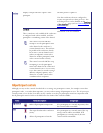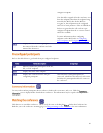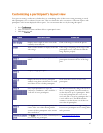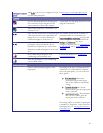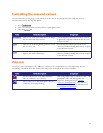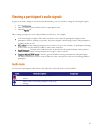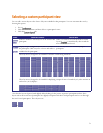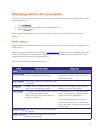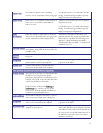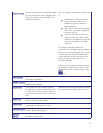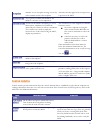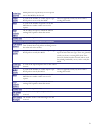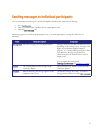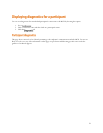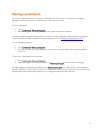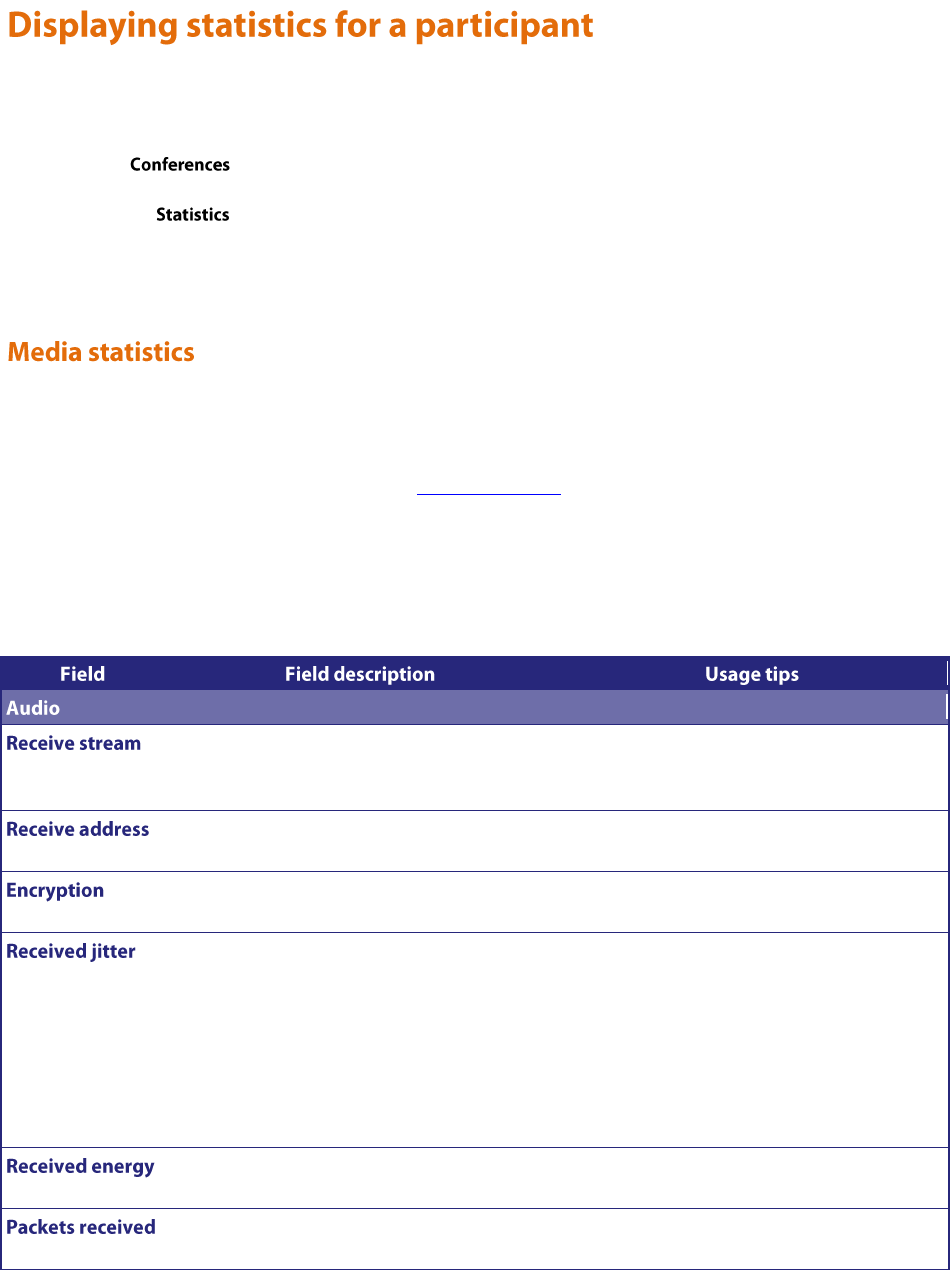
72
You can view statistics about the video and audio streams between individual participants (endpoints) and the MCU
by choosing this option:
1. Go to .
2. Click a Conference name and then click on a participant's name.
3. Click the tab.
If the participant is participating in the conference using audio only, the values for the video settings are not
populated.
Media statistics provide detailed information about the actual voice and video streams (Realtime Transport Protocol
(RTP) packets).
When examining media statistics for a conference's streaming viewers, there are many fewer applicable values and so
a different, more limited, set of information is displayed. In this case, the MCU shows how many streams of each
outgoing audio and video format are being transmitted.
Refer to the table below for additional information.
The audio codec in use, along with the current
packet size (in milliseconds) if known.
If the MCU has received information that an
endpoint has been muted at the far end, this
will be indicated here.
The IP address and port from which the media
is originating.
Whether or not encryption is being used on the
audio receive stream by this endpoint.
This field will only appear if the encryption
feature key is present on the MCU.
The apparent variation in arrival time from that
expected for the media packets (in
milliseconds). The current jitter buffer also
displays in parentheses.
You should expect to see small values for this
setting. Consistently large numbers typically
imply potential network problems.
The jitter buffer shows the current playout
delay added to the media to accommodate the
packet arrival jitter. Large jitter values indicate
a longer buffer.
Represents the audio volume originating from
the endpoint.
The number of audio packets destined for the
MCU from this endpoint.



